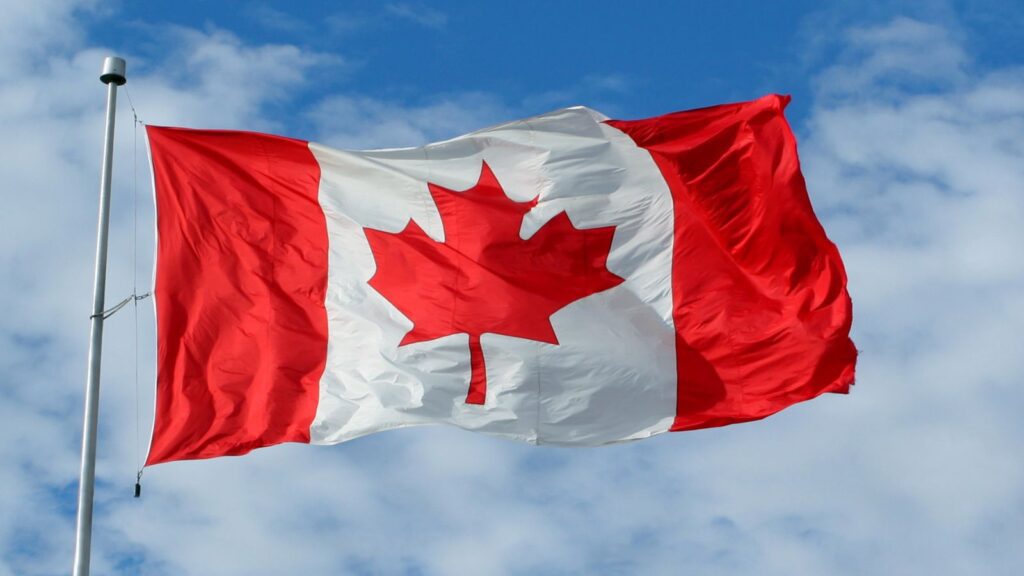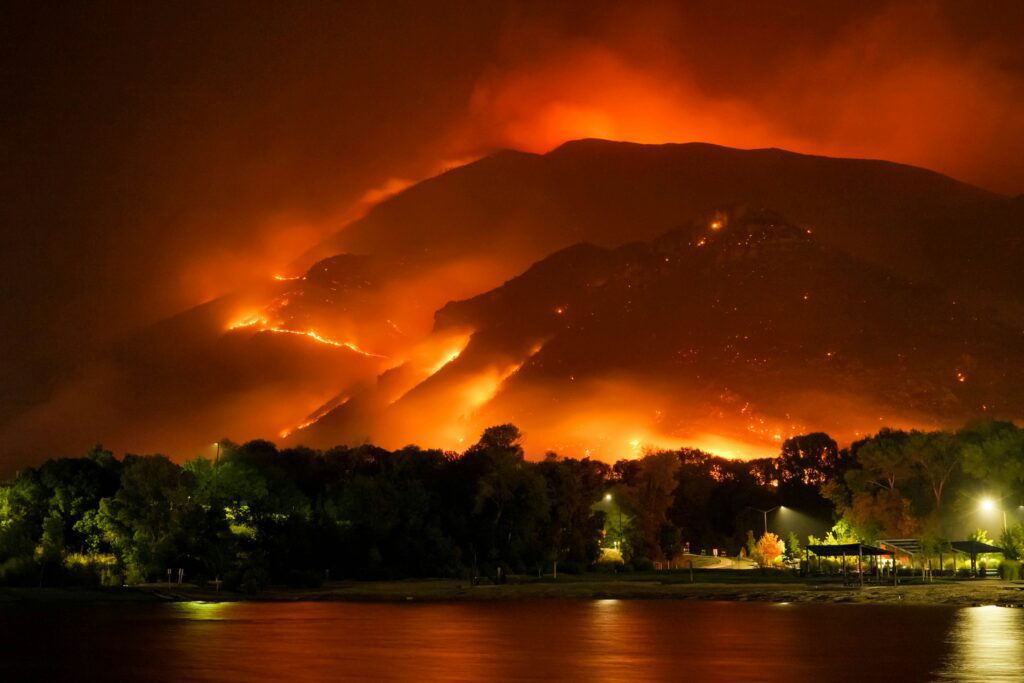Groups request environmental impact assessment of the Pathways Alliance carbon capture project
Canmore | Traditional territories of the Treaty 7 Nations – Yesterday Ecojustice, on behalf of the Athabasca Chipewyan First Nation, Alberta Wilderness Association, No to CO2 Landowner’s Group, Environmental Defence, and the Climate Action Network, submitted a request to the Government of Alberta and the Alberta Energy Regulator (AER) to conduct an environmental impact assessment of the Pathways Alliance’s carbon capture project.
The Pathways Alliance is a group of the biggest oil sands producers in Canada: Canadian Natural Resources, Cenovus, ConocoPhillips, Imperial Oil, MEG Energy and Suncor. They are proposing a major carbon capture and storage (CCS) project in northeast Alberta. The project will capture carbon dioxide (CO2) from 13 oil sands facilities in the Fort McMurray, Christina Lake, and Cold Lake regions and transport the CO2 to the Cold Lake area where it will be injected underground (just south of St. Paul). The project includes over 600 km of pipelines and a carbon storage area of 18,000 km2. It is the largest CCS project proposed to date in Canada.
The capture, transportation, and storage of CO2 have significant environmental impacts and raise a host of health and safety concerns. For example:
- Water consumption: The equipment used to capture carbon generates heat and must be cooled with water. This water will be withdrawn from the Athabasca River system, putting more pressure on a watershed already under stress.
- Pollution: carbon capture equipment burns natural gas, increasing regional air and water pollution such as fine particulate matter.
- Risk of explosion: when CO2 is compressed for transport in a pipeline, it becomes highly volatile. This creates a risk of extremely dangerous pipeline explosions.
- Leakage: CO2 is an asphyxiant and, when leaked, it can cause disorientation, confusion, rapid loss of consciousness, and even death. Leaks from pipelines or storage sites are hard to detect, putting nearby communities at risk. Alarmingly, Alberta does not mandate an emergency response plan for CO2 pipelines.
The Pathways Alliance is asking the AER to assess the project in small pieces and has already started submitting applications for various licences and approvals. Individual applications for over 125 portions of the project are expected in the coming months.
The Government of Alberta and the AER have the power to require an environmental impact assessment of the project as a whole. This would allow the full impacts of carbon capture, transportation and storage to be assessed together. In 2010, a similar project located near Edmonton, Shell Canada’s Quest Carbon Capture and Storage Project underwent provincial and federal environmental assessments as well as a public hearing.
QUOTES
Chief Allen Adam, Chief of the Athabasca Chipewyan First Nation
“Dividing the project into over 125 different applications and skipping an environmental assessment is a tactic that enables Alberta and industry to avoid meaningful consultation with our Nation. Alberta has to realise that without doing an environmental assessment, it will be unable to fulfill its constitutional obligation to consult with ACFN and other local Indigenous communities about the expected impacts of the project on our constitutionally protected Aboriginal rights. Not only does this undermine our Treaty rights but it also puts the project at serious legal risk.
Our Nation has been seeking critical information from Pathways about this project for the past two years, to no avail. The current regulatory process continues to prevent ACFN from making an informed decision on this massive industrial project. The AER must pause this process and require an environmental assessment of the project and a public hearing in order to ensure the rights of ACFN are protected.”
Dr. Amil Shapka, No to CO2: “Despite their claims, this is unproven technology with far-reaching implications into the future. There are many questions that Pathways and Alberta have yet to answer. With this being Canada’s largest CO2 pipeline and storage project, is our community ready for the potential health, safety and environmental risks to our water? Water is life!”
Phillip Meintzer, conservation specialist at Alberta Wilderness Association: “The Government of Alberta recently placed a moratorium on renewable energy projects to better understand the potential impacts on the environment and rural communities before allowing projects to move ahead. This same approach should be applied to carbon capture technologies and the associated infrastructure, and an environmental impact assessment should be required before any CCS project is approved.”
Matt Hulse, lawyer at Ecojustice: “If the Government of Alberta allows Pathways Alliance to skip the environmental assessment and carries out a piecemeal approval process, the government – and the public – will be unable to identify the project-specific and cumulative effects of the largest carbon capture project in Canadian history. Conducting an environmental impact assessment and holding a public hearing on this project supports good decision-making and should be a no-brainer.”
Julia Levin, Associate Director Environmental Defence Canada: “The CEOs of the Pathways Alliance oil and gas companies are proposing a massive carbon capture project in Alberta. However, the consequences of pipeline ruptures and carbon dioxide leaks can be devastating for nearby residents. The communities that would bear all of the risks from the project deserve to have real answers about the dangers posed to their families.
ABOUT
The Athabasca Chipewyan First Nation are K’ai Tailé Dené, the “people of the land of the willow.” This name signifies ACFN’s deep connection to their traditional territories, which are centred on the Peace-Athabasca Delta in what is now known as northeast Alberta. ACFN signed Treaty 8 in Fort Chipewyan in 1899 and continues to exercise their Treaty rights and maintain their cultural identity.
Alberta Wilderness Association is the oldest Alberta-based environmental conservation group with more than 7,500 members and supporters in Alberta and around the world. AWA seeks the completion of a protected areas network and good stewardship of Alberta’s public lands, waters, and biodiversity to ensure future generations enjoy the abundant benefits they provide.
Ecojustice uses the power of the law to defend nature, combat climate change, and fight for a healthy environment. Its strategic, public interest lawsuits and advocacy lead to precedent-setting court decisions and law and policy that deliver lasting solutions to Canada’s most urgent environmental problems. As Canada’s largest environmental law charity, Ecojustice operates offices in Vancouver, Calgary, Toronto, Ottawa, and Halifax.
Environmental Defence is a leading Canadian environmental advocacy organization that works with government, industry and individuals to defend clean water, a safe climate and healthy communities.
No to CO2 Landowners Group is a grassroots, nonpartisan organization of friends and neighbors in the County of St. Paul and Municipal District of Bonnyville, Alberta. It is concerned with protecting their land and preserving their quality of life.
– 30 –
For more information or to request an interview, please contact:
Jay Telegdi | Athabasca Chipewyan First Nation
consultation@acfn.com |
Phillip Meintzer | Alberta Wilderness Association, Conservation Specialist
pmeintzer@abwild.ca
Venetia Jones, communications manager | Ecojustice
vjones@ecojustice.ca
Midhat Moini | Environmental Defence
media@environmentaldefence.ca







